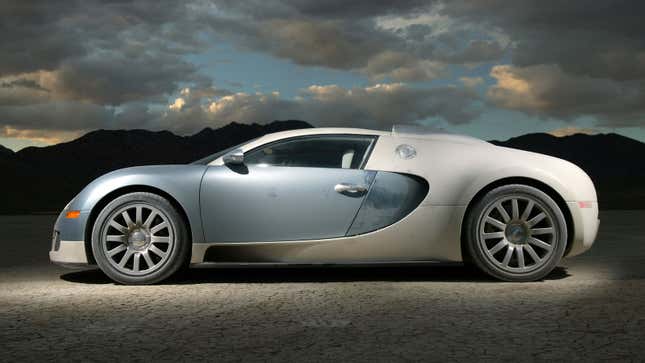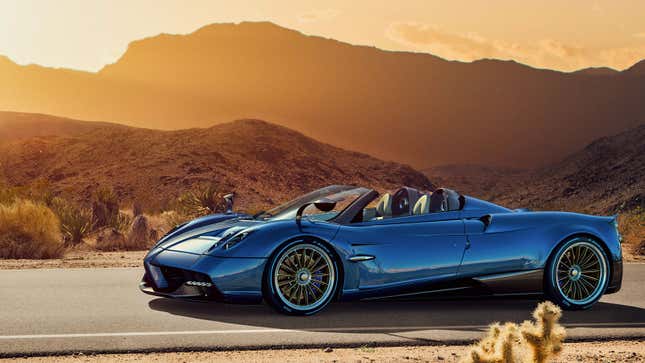In order to be considered a “supercar,” a vehicle must possess three of the four following qualities:
- It’s mid-engined.
- It’s got more than 500 hp.
- It has no more than two seats.
- It’s rare — under 5,000 built.
The rules are simple, and the “three out of four“ requirement allows for some variance while still keeping pretenders out. For example, a McLaren F1 has three seats, but gets in on the basis of mid-engine, 500-plus hp, and rare. A Ferrari 812 Superfast? The engine is up front, but it nails the rest of the requirements.
The final criterion, “rare,” is what keeps out the riff-raff. When I explained my supercar logic to the rest of the Jalopnik staff, my colleagues immediately began trying to poke holes in my flawless logic. A Honda Beat is mid-engined and has two seats, and could have gotten a pass on the 500-hp requirement ... but with slightly more than 30,000 of them produced, it’s not rare. Sorry. Same goes for the Alpine A110 — the French sports car recently eclipsed 10,000 produced, a number that should, and does, eliminate it from the “supercar” category.
But wait, you’re shouting, Lamborghini has made more than 15,000 Huracans! Yes, and each of them has more than 500 hp, two seats, and an engine in the middle. Get in the club, Lambo.
You’ll note that my criteria ignores price. That’s by design. The first company that builds a three-out-of-four vehicle for the cost of a Subway footlong will have earned its spot in the supercar pantheon.
I know my rules will be controversial. The C8 Corvette just misses the mark, despite offering performance that legitimately embarrasses plenty of cars that make the list. But rarity is not a Corvette hallmark, nor should it be. (Besides, the Corvette image is built on its “outsider” status. Iron Maiden isn’t in the Rock and Roll Hall of Fame, and that’s good for Iron Maiden.)
The rules do, however, allow one notable domestic into the club. It’s not mid-engined, but it’s powerful, rare, and has no back seat. Dodge Challenger SRT Demon, welcome to the club.









